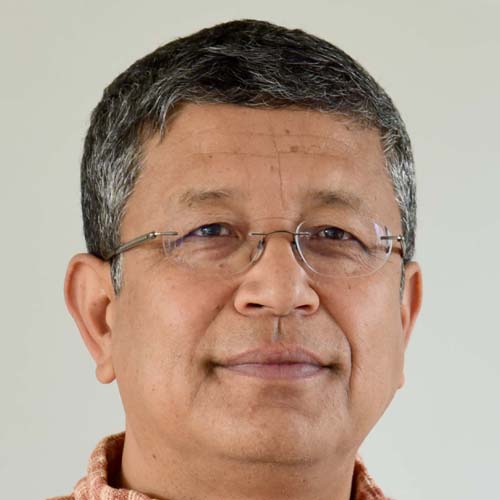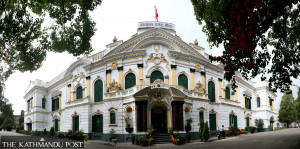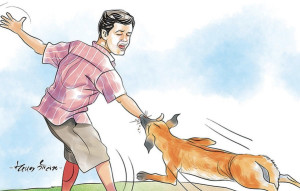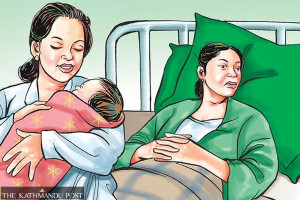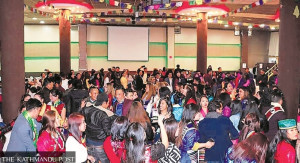Columns
Omissions in commissions
Inclusion was given short shrift even within the commissions meant to further it.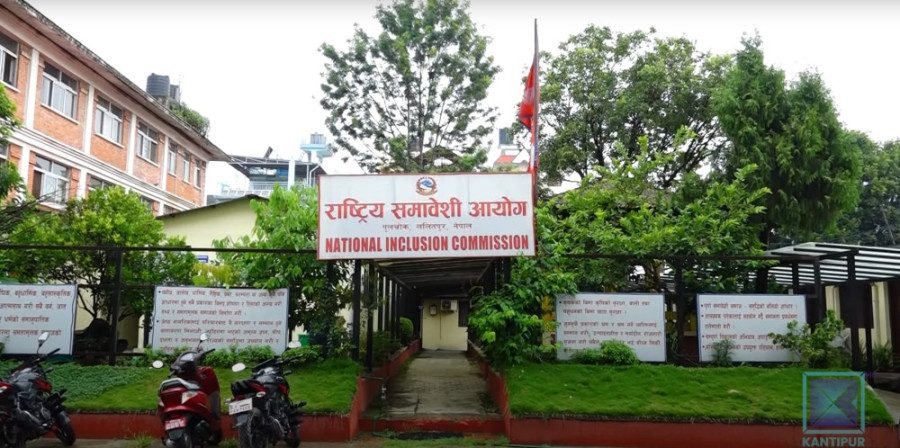
Deepak Thapa
The recent Supreme Court decision upholding appointments made by then-and-now Prime Minister, KP Sharma Oli, to various constitutional commissions turned out to be somewhat of a damp squib. Where the expectation was that the Constitutional Bench of the apex court would provide a precedent-setting ruling, what we got instead was one that skirted the main issue in favour of petty technicalities.
The case stemmed from Oli’s earlier stint as prime minister when he served as co-chair of the Nepal Communist Party (NCP). Relations having soured with his party’s co-chair, Pushpa Kamal Dahal Prachanda, Oli decided that it was time to fill up the different constitutional bodies, many of which had lain vacant for more than five years. Thus, in December 2020, he took recourse to an ordinance to bypass the constitution and appointed 32 individuals to these entities, and for good measure, did a repeat with 20 other appointments in May 2021.
Oli’s moves had been immediately challenged by a number of lawsuits. The fact that it took so long for the Supreme Court to rule on a matter of such grave import to Nepal’s constitutionalism itself was somewhat of a travesty of justice, a fact quite clearly acknowledged by one of the justices sitting in judgement. The decision will no doubt be long debated within the legal fraternity for years to come, and hopefully will be corrected at a future date. That, however, is not the subject of my article today. Ever since the nominations had been announced, I had wanted to comment on the choice of individuals but had refrained since it seemed very likely that the courts would invalidate those appointments. Since my assumption proved to be wrong, here I go.
Non-commissioned commissions
The 2015 Constitution provided for a number of constitutional commissions. Among them are what are obviously the five big ones, each commanding a separate part in the constitution, namely, the Commission for the Investigation of Abuse of Authority (Part 21), the Public Service Commission (Part 23), the Election Commission (Part 24), the National Human Rights Commission (Part 25) and the National Natural Resources and Fiscal Commission (Part 26). Part 27 is devoted to the ‘Other Commissions’, seven in all but with details spelt out only for the first three, the National Women Commission, the National Dalit Commission and the National Inclusion Commission. And even within these seemingly second-tier commissions, there is another cluster—for Adibasi Janajatis, Madheshis, Tharus and Muslims—without the all-important ‘national’ prefixed to them.
Most crucial is what Section 265 of Part 27 states: ‘The Federal Parliament shall, after ten years of the commencement of this Constitution, review the Commissions formed under this Part of the Constitution.’ The current constitution was adopted on September 20, 2015, meaning that a review is well-nigh due. Such an assessment, if it takes place, is likely to be rushed and only for the sake of meeting the constitutional requirement. What is not at all likely is the disbandment of the said commissions regardless of what the findings are since it will prove politically just too risky.
After all, the four ‘non-national’ commissions were inserted into the constitution only as a sop to the disgruntled who were opposing it. In fact, this grafting was done in such haste that those responsible did not even bother to copy and paste similar provisions from the other ‘Other Commissions’. Thus, while the women, Dalit and inclusion commissions each gets a full three-and-a-half-page treatment in the Constitution, the commissions for Adibasi Janajati, Madheshis, Tharus and Muslims are summarily dealt with in a total of less than two pages.
Even though inserted only as a concession to ensure that the constitution was passed without major incident, the provision of these commissions was apparently so distasteful that despite four changes of governments, none of the three major political parties who had taken turns in power gave any priority to filling these offices for years. That omission was particularly grating since we are repeatedly told that ‘inclusion’ is one of the major pillars of the current constitution. The commissions were ostensibly conceived as bodies to help the government achieve that goal even if they have fallen far too short in reality for a variety of reasons.
It took three and a half years before there was some action, and the chairpersons of the Madheshi, Muslim, Tharu and Inclusion commissions were appointed in March 2019. For more than a year and a half, these chairpersons served as the sole office-bearer while the commissions for women, Dalits and Janajatis had to make do without anyone. And, finally, after more than five years of the promulgation of the constitution did others get appointed even if there was a wait for another six months before full contingents were in place. (For some reason, the Muslim Commission never got all five officials.) And, thanks to the Supreme Court’s inordinate delay, all these commissioners thus appointed have had to work with the possibility of being axed at any time hanging over them all along. When, finally, their positions have been legitimated, they have hardly any time to achieve anything meaningful.
Homogenising heterogeneity
What of those the government saw fit to appoint? I am not sure if any of the cases filed at the Supreme Court against the appointments sought redress under Section 283 of the constitution that clearly lays out that appointments to constitutional commissions, among others, shall follow the principle of inclusion. Regardless, the Supreme Court could have examined the appointments from that lens as well and provided some guidance. Unfortunately, that was not to be.
The irony, of course, is that inclusion was given short shrift even within the commissions meant to further it. It was no surprise that most of the appointees to the ‘non-identity-specific’ commissions were Khas Arya. But to appoint only Khas Arya men to the National Inclusion Commission, with its mandate to work for minorities and marginalised communities as well as Khas Arya women, goes against the very spirit of what the commission’s name stands for. Similarly, the National Women Commission received four Khas Arya women out of five although the diversity among Nepali women and of their concerns have been widely accepted by now.
Within the ‘ethnic’ commissions, the presence of women was dismal. Besides the Muslim Commission (none), and the Madheshi Commission (two out of five), all the others had just one woman. And what should one make of the fact that three of the five nominated to the Adibasi Janajati Commission were Magars? Even allowing that Magars are the largest Janajati group in the country that hardly justifies an absolute dominance by them. And, in the National Dalit Commission, four of the five were Bishwokarmas, the largest Dalit group, while the fifth was a Mijar (Sarki)—all Hill Dalits. Tarai Dalits had zero representation despite being in in almost the same numbers as Bishwokarmas. The Tharu Commission saw better geographic representation but I am not knowledgeable enough about other dynamics within that or the Madheshi and Muslim commissions to say much.
All in all, though it goes to demonstrate the government’s lack of seriousness about the potentially transformative role of these commissions. Its apathy is evident from the fact that there have been vacancies for months in five of the ‘Other Commissions’ and yet there has been no attempt to fulfil those. Is it any wonder that starting with other government agencies hardly anyone takes these commissions seriously?




 16.12°C Kathmandu
16.12°C Kathmandu